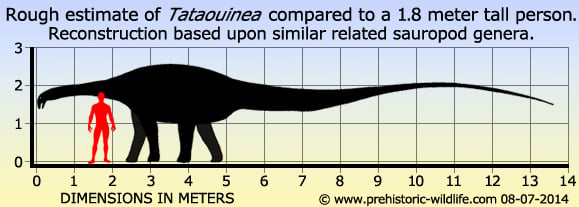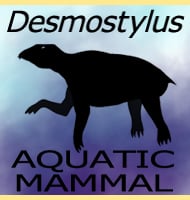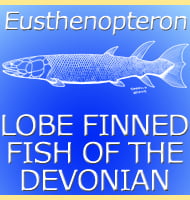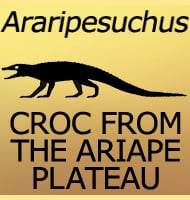In Depth
Although only known from partial remains, Tataouinea has been identified as a rebbachisaurid sauropod, and one that is closely related to genera such as Nigersaurus, which are also known to have been present in North Africa during the early Cretaceous. The fossils of Tataouinea have revealed in life the bones of Tataouinea would have been highly pneumaticized, indicating an avian-like respiratory system. Possible predatory threats to Tataouinea may have included carcharodontosaurid theropods similar to Carcharodontosaurus, as well as giant prehistoric crocodiles such as Sarcosuchus.
Further Reading
- A new sauropod dinosaur from the Early Cretaceous of Tunisia with extreme avian-like pneumatization. - Nature Communications 4(2080):1-7. - F. Fanti, A. Cau, M. Hassine & M. Contessi - 2013. – New Information on Tataouinea hannibalis from the Early Cretaceous of Tunisia and Implications for the Tempo and Mode of Rebbachisaurid Sauropod Evolution. – PLoS ONE. 10 (4): e0123475. – F. Fanti, A. Cau, L. Cantelli, M. Hassine & M. Auditore – 2015.










